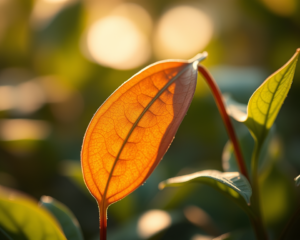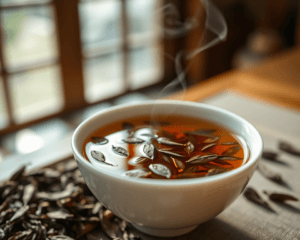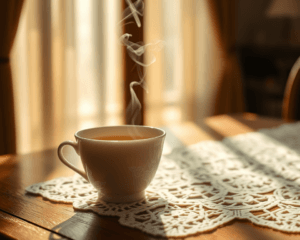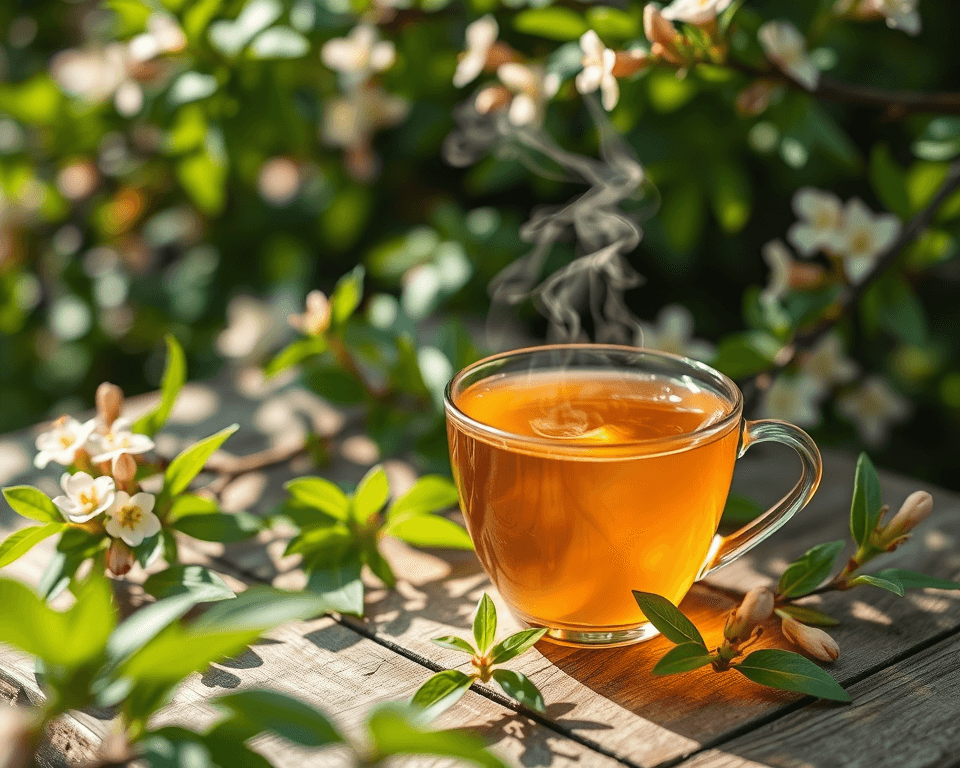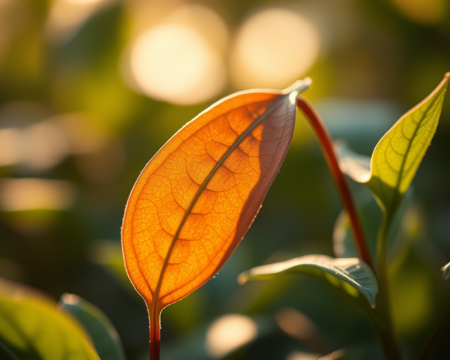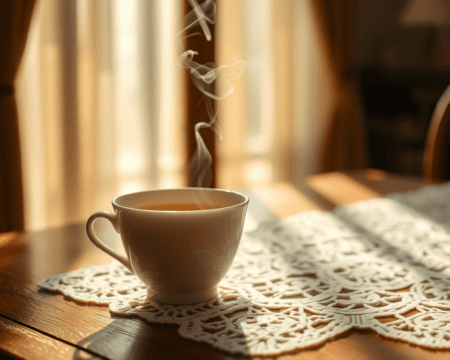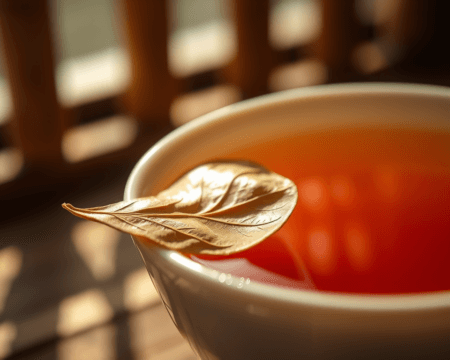You want to make honeysuckle tea, right? The kind that brings a burst of nostalgia with every sip, reminding you of warm summer evenings spent outside. It’s fragrant, delicious, and packed with health benefits. But let’s get real—making it doesn’t have to be a complicated sous-vide process with fancy equipment. I’m talking about simple steps that lead to a delightful drink, and I’m here to guide you every step of the way.
Key Takeaways
- Honeysuckle isn’t just a pretty flower; it’s loaded with immune-boosting properties.
- Harvesting and preparing honeysuckle flowers is easier than you think, with minimal tools required.
- You can experiment with flavors and tailor your tea to your taste by adding spices or other herbs.
- There are a few health precautions to consider—knowing these will ensure you enjoy your brew safely.
Understanding Honeysuckle and Its Benefits
What is Honeysuckle?
When I say honeysuckle, I’m referring to a range of Honeysuckle species—that sweet-smelling vine or bush you likely spotted growing in backyards. Honeysuckle flowers are often yellow, white, or pink—just stunning! These edible honeysuckle flowers not only beautify your garden but also pack a nutritional punch.
You’ve got varieties like Japanese Honeysuckle (Lonicera japonica) and European Honeysuckle (Lonicera periclymenum), each contributing to the unique flavor profile of the tea. Many don’t realize these flowers offer more than just aesthetics; they have a rich history in herbal and traditional medicines.
Health Benefits of Honeysuckle Tea
Let’s talk about the good stuff—the health benefits. Honeysuckle tea is celebrated for its medicinal properties. Some studies even suggest it helps with immune support thanks to its antioxidants. Here’s a little rundown of what this floral elixir can do:
- Anti-inflammatory effects: Great for soothing the body after a hectic day.
- Natural remedies: Used historically to treat colds and flu.
- Immune support: Rich in vitamins that might just help you fend off seasonal bugs.
So, not only does honeysuckle tea taste good, but it also makes you feel good.
Step-by-Step Guide: How to Make Honeysuckle Tea
Harvesting Honeysuckle Flowers
Harvesting honeysuckle is simpler than you’d think. You want to pick the blooms when they’re fresh—ideally early morning or late afternoon—when they’re fully open and bursting with nectar.
Get yourself some snippers (or even just use your fingers). You’ll want to collect the flowers, avoiding any leaves or stems.
Remember, sustainability matters! Only harvest what you need.
Preparing the Honeysuckle Tea
Now comes the fun part—brewing your tea. Here’s my foolproof brewing process.
- Start with 1 cup of fresh honeysuckle flowers. Rinse them gently under cold water to remove dirt or insects.
- Boil 4 cups of water on the stove.
- Once boiling, remove the water from heat and add the flowers.
- Let it steep for about 15–20 minutes. This soaking time will extract all those luscious flavors and health benefits.
- Strain the liquid into a pitcher or a teapot.
At this point, you can sip it as is or sweeten it with honey or your favorite syrup.
Creative Flavor Variations
Don’t be afraid to spice things up! Honeysuckle’s delicate flavor mingles well with a range of other ingredients.
Imagine adding some fresh mint and lemongrass for a refreshing twist or slicing some ginger for a bit of zingy warmth. You can get as creative as you want, mixing in herbs like lavender or even a hint of cinnamon for the colder months.
Want to go the extra mile? Try incorporating green tea for an extra health kick or lemon juice for an invigorating zing.
Common Issues and Troubleshooting Tips
Overcoming Common Mistakes
When brewing honeysuckle tea, a few common mistakes can happen, but no worries—we’re all human!
One issue many face is bitterness. If your tea tastes off, it might be due to steeping too long. Next time, aim for that sweet spot—keep an eye on the clock. Also, using dried flowers can lead to a more potent flavor, so adjust the quantity based on your preference.
Health Precautions and Risks
Here’s where you need to be careful. Not all honeysuckles are created equal. Toxic varieties exist—specifically, parts of the plant that shouldn’t be consumed. Stick with the flowers, and make sure you identify the right species.
If you’re trying honeysuckle tea for the first time, keep an eye out for any allergic reactions. A good rule of thumb is to start with a small amount before diving in. And when in doubt? Consult your healthcare provider.
Comparisons with Other Herbal Teas
Honeysuckle vs. Other Popular Herbal Teas
Let’s face it: there are a ton of herbal teas out there. So how does honeysuckle stack up against a classic like chamomile or an invigorating peppermint?
Each tea has its unique benefits. Chamomile is famous for aiding sleep, while peppermint is your go-to for soothing digestive issues. Honeysuckle earns its spot on the shelf with its immune-boosting properties and refreshing sweetness.
When you’re looking for a tea that can be both lighthearted and medicinal, honeysuckle is a fantastic addition to your herbal arsenal. It’s sweet, aromatic, and has a character that stands out among the crowd.
Personal Anecdotes and Community Sharing
Anecdotes from Honeysuckle Tea Enthusiasts
I can’t stress enough how much of a personal connection this tea brings. One of my friends swears by a tradition she shares with her grandmother: every summer, they harvest honeysuckle during their family picnics.
She reminisces about the smell, the laughter, and the warmth of that simple act of togetherness. These little moments are what make honeysuckle tea special—a reminder of the joys life can bring when you slow down a bit.
Sharing stories and recipes in community groups online adds another layer to enjoying this beautiful beverage. You’ll find folks exchanging their favorite honeysuckle tea recipes, each adding their twist based on cherished memories.
Navigating the Myths and Misconceptions
Addressing Common Misunderstandings About Honeysuckle
You hear plenty of myths about honeysuckle that could scare anyone off trying the tea. Let’s debunk those right now.
Some people think all honeysuckle is poisonous; that’s just not true. While some parts can be harmful, the flowers you’re harvesting for tea are perfectly safe with the right knowledge.
There’s also the misconception that making honeysuckle tea has to be complicated or time-consuming. That’s straight-up false—I’ve just shared how simple it can be!
By spreading accurate information and sharing our experiences, we can help others appreciate honeysuckle tea without fear or confusion.
So, next time you see those lovely flowers blooming, remember that not only can they brighten your day, but they can bring warmth and health in a cup too. Embrace the art of tea-making and enjoy that sweetness, one sip at a time.
Frequently Asked Questions
What are the health benefits of honeysuckle?
Honeysuckle flowers are known for their immune-boosting properties and have antioxidant effects. They may help in soothing respiratory issues, reducing inflammation, and improving overall wellness. However, it’s important to consult with a healthcare professional before using honeysuckle for medicinal purposes.
How can I safely harvest honeysuckle flowers?
To safely harvest honeysuckle flowers, choose blossoms that are fully opened and vibrant. Use clean, sharp scissors to cut the flower clusters, ensuring that you do not damage the plant. Harvesting in the morning when the blooms are fresh is recommended.
Can I use other parts of the honeysuckle plant for tea?
While honeysuckle flowers are commonly used for tea, other parts like the leaves can also be utilized, but caution is advised. Some species of honeysuckle may contain compounds that can be toxic or cause digestive issues, so it’s best to stick to the flowers.
What are some flavor combinations to try with honeysuckle tea?
You can enhance your honeysuckle tea by adding spices like cinnamon or ginger, and herbs like mint or lemon balm. Fresh citrus slices or honey can also complement the natural sweetness of honeysuckle flowers.
Are there any precautions I should take when consuming honeysuckle?
Yes, it’s crucial to ensure that the honeysuckle you use is safe and non-toxic. Avoid wild varieties known to be harmful, and consult a healthcare provider if you are pregnant, nursing, or on medication, as honeysuckle can interact with certain drugs.
How do I prepare honeysuckle flowers for tea?
To prepare honeysuckle tea, rinse the harvested flowers thoroughly to remove any dirt or insects. Steep a handful of flowers in hot water for about 5-10 minutes, adjust to taste, and strain before serving.
Can honeysuckle tea be consumed daily?
Honeysuckle tea can generally be enjoyed daily in moderation. However, it’s best to monitor your body’s response and consult a health professional, especially if you have underlying health conditions or are taking medication.
What types of honeysuckle are safe for consumption?
The most commonly used and safe varieties of honeysuckle for tea include Japanese honeysuckle (Lonicera japonica) and the sweet honeysuckle (Lonicera periclymenum). Research each variety before consumption, as some can be toxic.
How long can I store honeysuckle tea?
Honeysuckle tea can be stored in the refrigerator for up to 3-5 days in an airtight container. For maximum freshness and flavor, consider consuming it soon after preparation or freezing it in ice cube trays for later use.
